Sundays with Agatha
"The impossible could not have happened, therefore the impossible must be possible in spite of appearances" - Hercule Poirot
Welcome to The Autumn Chronicles, a place to shine a light on all the wonder around us as we navigate the seasons. I hope these writings allow you to sit quietly with a cup of something warm and comforting and take a few moments for yourself away from the rush and hurry. If you would like to make sure you get all newsletters directly to your inbox, please subscribe below. Thank you for being here. All photos © The Autumn Chronicles.
At the entrance to Savill Garden, as you leave the visitor centre and descend to the gardens below, you are greeted by a prominent bank of large, serrated-leaved, deeply-veined gunnera manicata. They rise from the soil on fearsome spiky stems and thrive in the damp, boggy ground surrounding the lake. Savill Garden itself and this plant in particular have no link to Agatha Christie that I am aware of but, every time I step into the gardens for a Sunday stroll and am greeted by this towering bank of greenery, I feel as if I am stepping into one of Poirot’s mysteries. Perhaps it is because the garden is pristine in its loveliness, perhaps because I know very little about gardening so understanding the horticulture of it is challenging to my little grey cells or perhaps it is just because I can imagine Poirot there, strolling with Captain Hastings and Miss Lemon, gathering clues and ensuring that justice is served.
One of the reasons that I suspect Savill Garden calls to mind the setting for a Poirot novel is that it reminds me of The Hollow, a country house mystery published by Christie in 1946. The TV adaptation of the book, filmed in 2004 and starring David Suchet as Poirot, was filmed in the gorgeous countryside and villages of Surrey. Perhaps, in my mind at least, the filming locations are reminiscent of the more rural, verdant Savill Garden. Agatha Christie is also invariably linked to Sundays for me. This is usually the day we go for a long walk in the Gardens or the surrounding Windsor Great Park and, particularly on rainy afternoons in the autumn and winter, it is the day that I can be found curled up on the sofa watching an episode of Agatha Christie’s Poirot or deep in a mystery that Jane Marple is on the brink of solving.
I can’t remember when I read my first Agatha Christie novel but I must have been a teenager. I do remember it was at my mother’s recommendation and that it was Murder on the Orient Express. I was instantly captivated by the intricacy of the crime, the genius of the detective, the cast of vividly-drawn characters and the exotic setting. I love the depth and intrigue of her stories, the evocative settings of the 1930s and 40s in her earlier novels, the focus on the psychological motivations of those committing the crimes, the twists and turns of the red herrings and the iconic detectives she creates. Immersing myself in the world of Agatha Christie has sparked an ongoing fascination with and love of cosy crime and, despite generally preferring to read non-fiction, it is the one fiction genre I return to again and again.
For our first wedding anniversary back in 2017, my husband and I went on a mini break to Devon. We had lunch in Bigbury during our stay and, as we were walking along the coast, came upon this view across to Burgh Island. I had known that Agatha Christie had links to Devon, having been born in Torquay in 1890, but it hadn’t occurred to me to explore them further so, excited by the happy coincidence, we took the sea tractor across to the island even though the tide was out. When the tide comes in, the island is completely cut off from the mainland for foot traffic until the water recedes. You can’t enter the very exclusive Burgh Island Hotel, where Christie often stayed as part of her writing retreats, unless you are a guest but visitors are free to wander around the estate and stop for a drink and a crab sandwich at the local pub, the Pilchard Inn. Other famous guests at the hotel have included The Beatles, Noel Coward and Winston Churchill and, given the hotel’s luxurious Art Deco design, it is easy to see why Christie could imagine Poirot there.
We climbed to the very summit of the island, where there is a ruined folly and spent some time gazing out to sea and to the rugged coastline below. A couple of years before our visit to Devon, I had read And Then There Were None and, walking around the island’s coves and inlets, it was obvious where the inspiration had come from for the plot: it is the perfect setting to isolate a group of people and leave them to the whims of a homicidal maniac. The place was evocative, as if it held a secret lightning strike of creativity and imagination that means the book remains her best-selling work, with approximately 100 million copies sold to date. Another well-known novel, Evil Under The Sun, was also set on, and inspired by, the island.
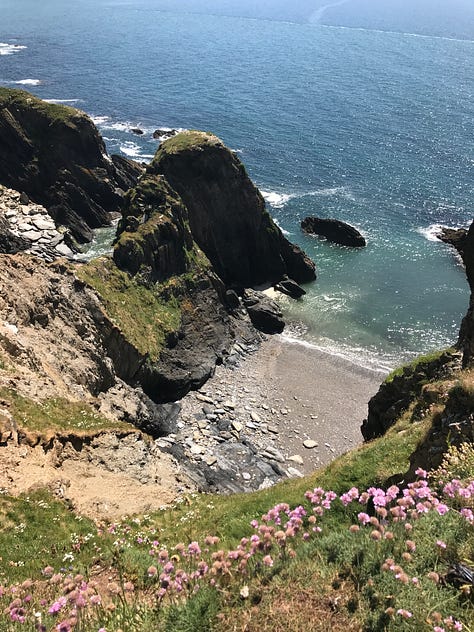
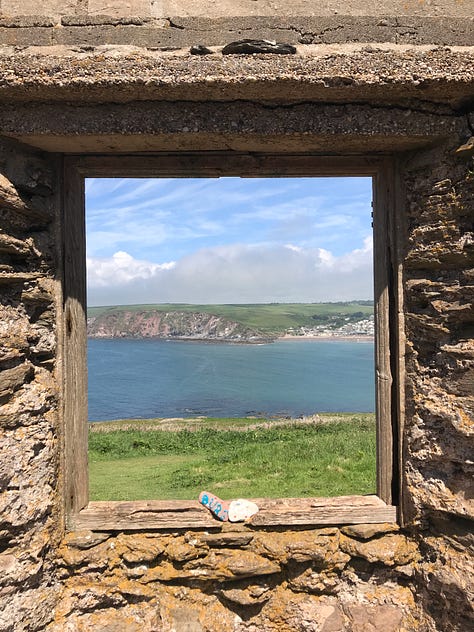
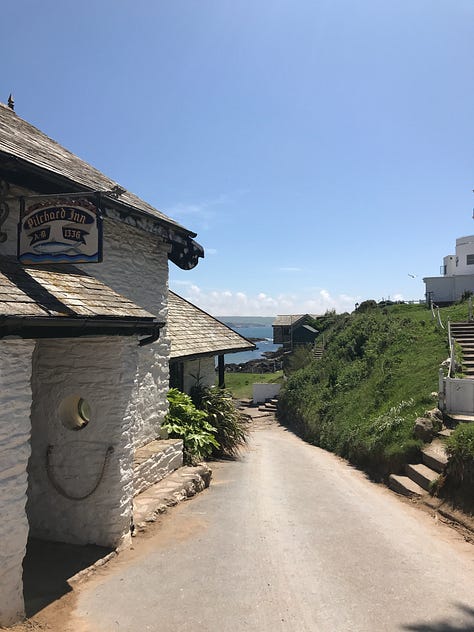
On a subsequent trip to Devon, we visited Greenway, the white Georgian house situated on the banks of the river Dart that Agatha Christie bought as a holiday home in 1938. She had used the setting to inspire a few of her books - Ordeal by Innocence, Towards Zero and Five Little Pigs among them but, as you walk through the garden and down to the boat house, it is Dead Man’s Folly that really resonates. It was used as the inspiration for the scene of the crime and being there in person, experiencing the same surroundings as Christie herself would have experienced, brings a wash of verisimilitude to the descriptions in the book.
Walking around the house is fascinating as it offers a window to another world and another time. Agatha Christie’s second husband, Max Mallowan, was an archeologist and she used to accompany him on digs across Iraq, Iran and Syria - countries that I would imagine the majority of people in the Britain of the time had never dreamt of visiting. The couple brought home lots of treasures and artefacts which they used to decorate the house, including a chest of drawers inlaid with mother of pearl which was purchased in Damascus and a teak and brass chest, brought back from Iraq, that is believed to have been the inspiration behind her short story, The Mystery of the Baghdad Chest. The family’s collection of over 5000 books, including first editions of some of Christie’s own works, are also kept in the house. During the Second World War, Greenway was requisitioned and first used to house child evacuees, later being taken over by the US Coast Guard in advance of D-Day. While being occupied by the US, Lieutenant Marshall Lee painted a frieze in the library, which the corps later offered to have removed. Christie saw it as a piece of history and it remains there to this day.
By exploring the trappings of a life, we can seek to understand better the person who lived it and while Agatha Christie’s books often reflect the social and historical contexts and beliefs of the time, sometimes in contradiction to accepted beliefs and contexts of the modern day, it is fascinating to get a glimpse into how she lived and the inspiration behind some of her most compelling stories.
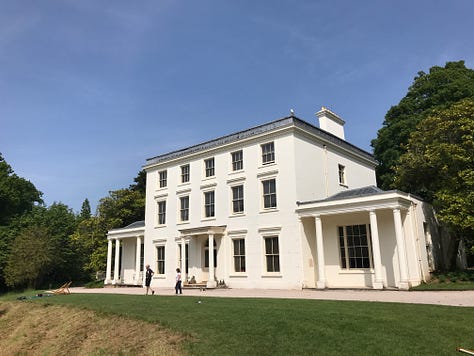
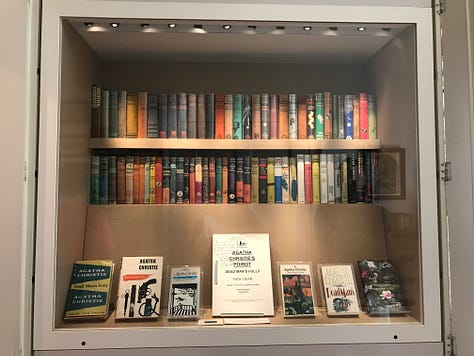

I’d love to know: do you have a favourite Agatha Christie book?
If you have enjoyed this post or if something has resonated with you, please share to help others find The Autumn Chronicles. I am so grateful to you for being here and for choosing to read these words.




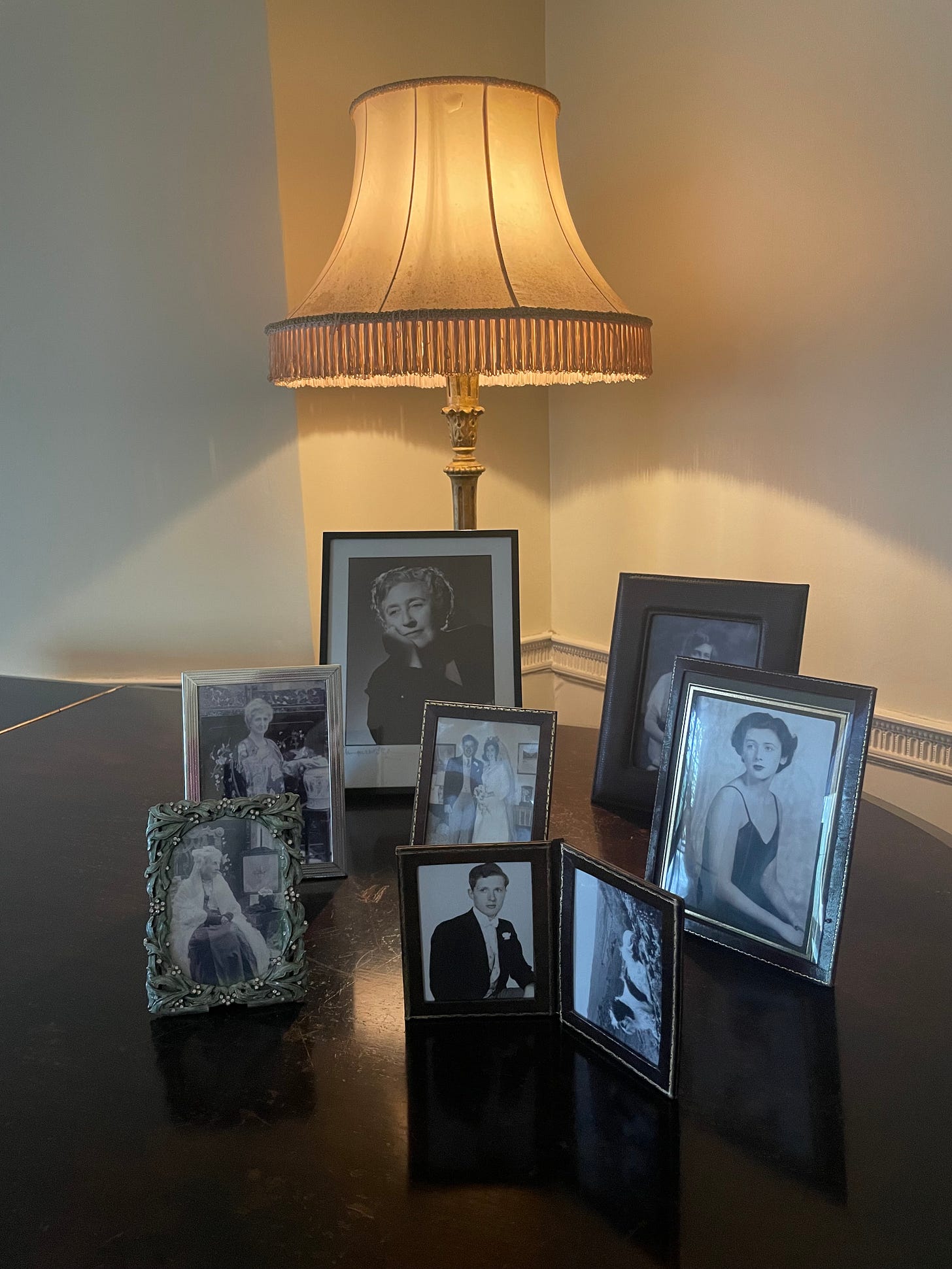



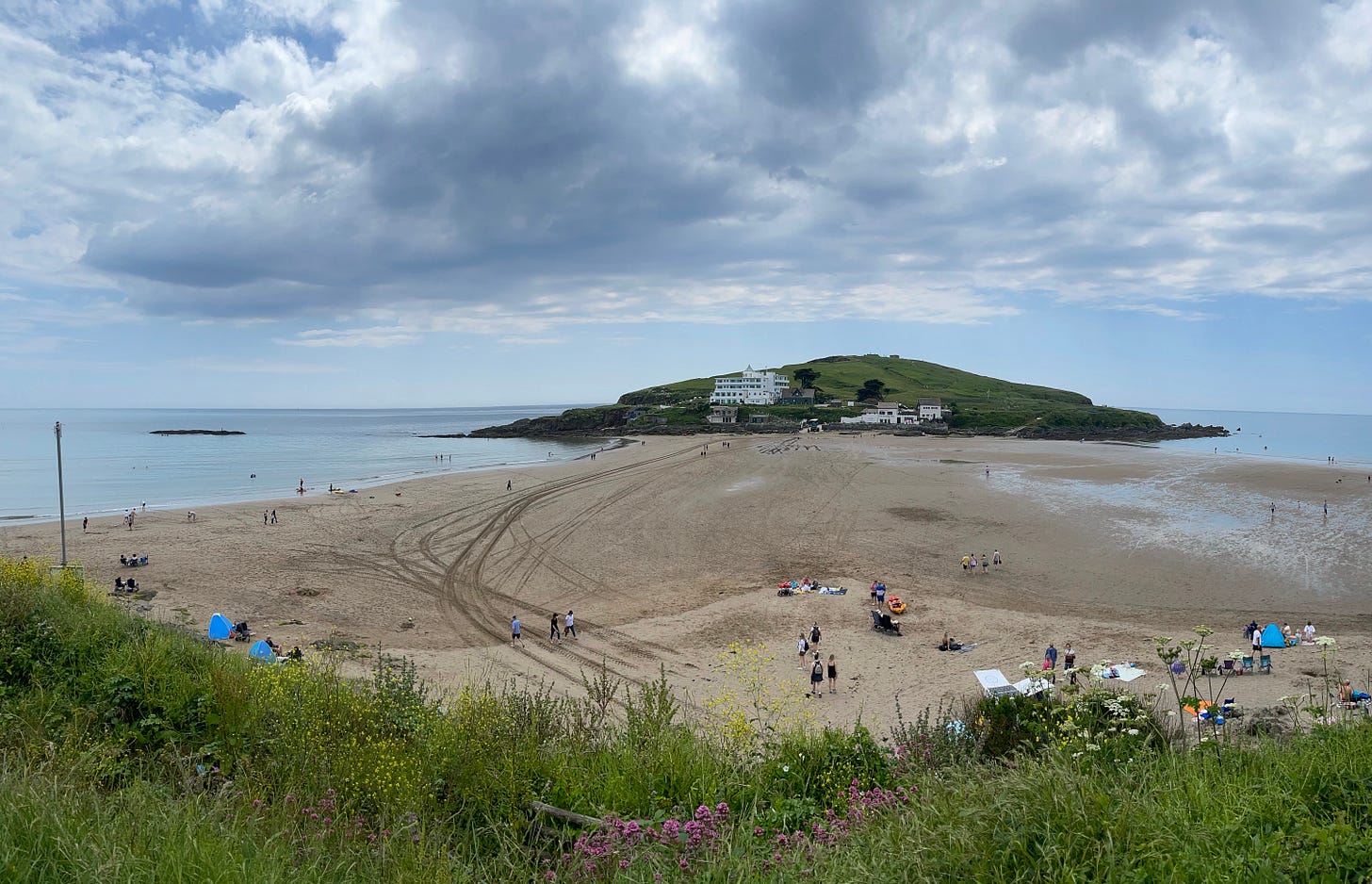


Thank you for this lovely and interesting post, Victoria! I really enjoyed hearing about your personal history with Christie's work and why you keep coming back to it, as well as learning about Agatha's biographical background and the places that inspired some of her novels. As a writer, I'm always very interested in how places inspire a novel. ☺️
I hardly dare admit it, but I've never read an Agatha Christie novel. Shame on me! 😳 I can't even say why not, because it actually has all the ingredients that I really like. 🤔 I've only watched Kenneth Brannagh's Murder on the Orient Express and was rather disappointed.
But I think your post has just given me the motivation to read one of Agathe Christie's novels. If I like it, I'll have many more to go. Perfect! 😀
I was a big fan of Agatha Christie and like you, read most of them in my teens. Since then, I have loved the various tv adaptations, but haven't re read any of the novels. Your post has given me a nudge to remedy that!